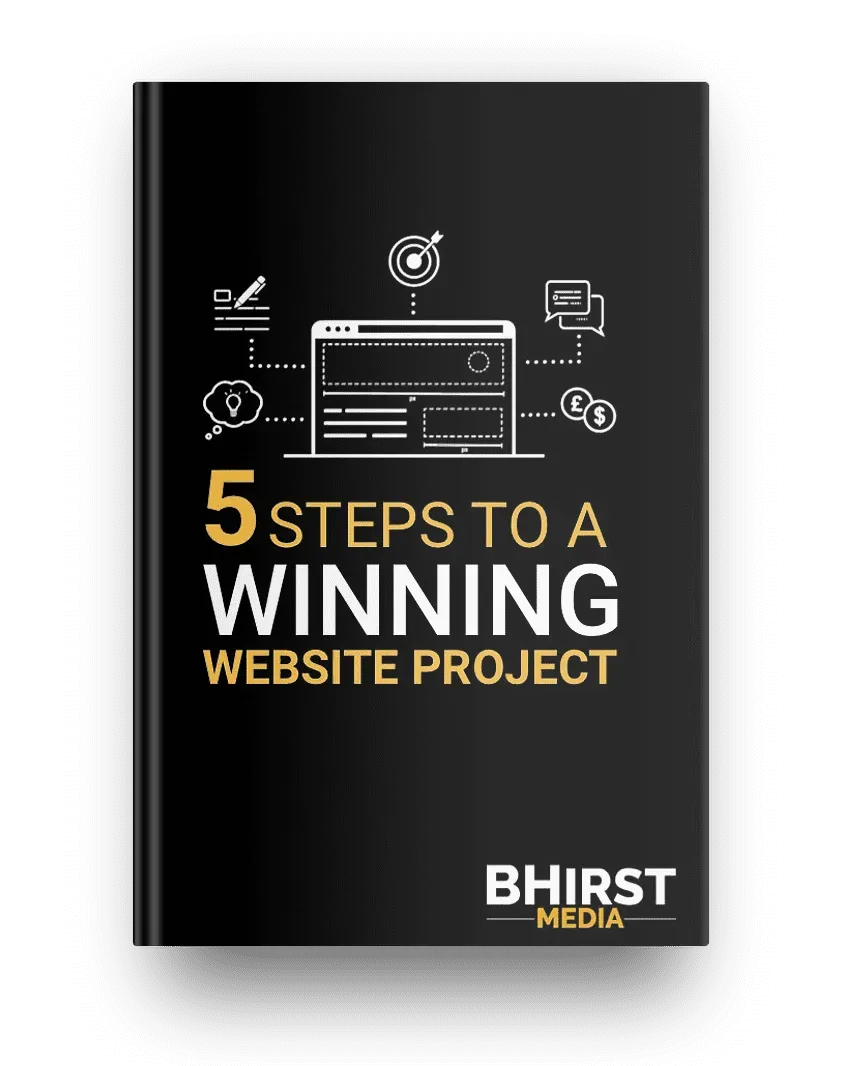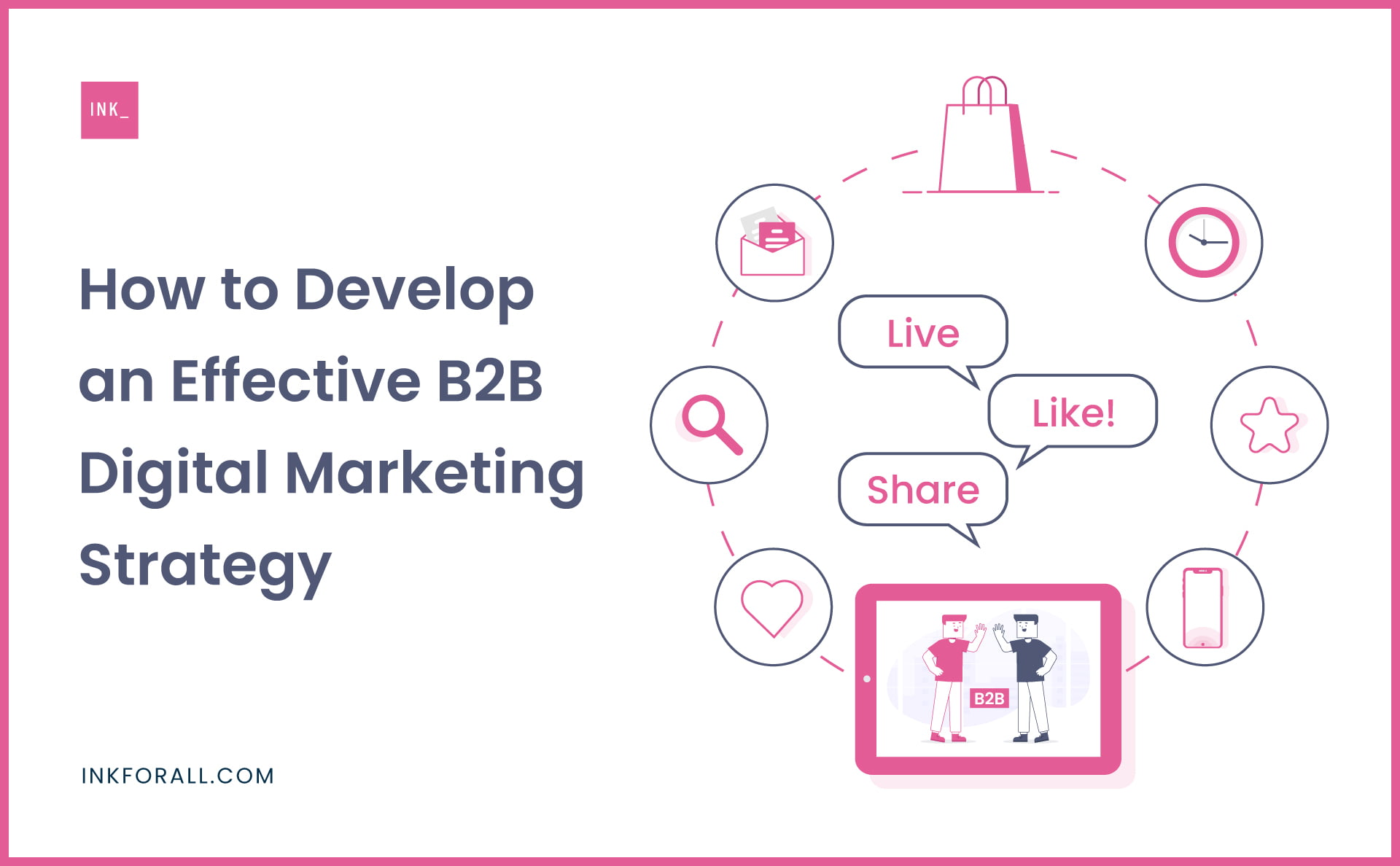Discover how implementing web accessibility standards can dramatically increase your construction website’s reach, compliance, and conversion rates while opening doors to untapped markets.
Understanding Web Accessibility in Construction Marketing
In today’s digital landscape, web accessibility has become a crucial factor for construction businesses looking to maximise their online presence and lead generation potential. With over 14.6 million disabled people in the UK, representing approximately 22% of the population, ensuring your construction website is accessible isn’t just good practice—it’s essential for business growth. The construction industry, traditionally focused on physical accessibility in building design, must now extend these principles to their digital presence. Web accessibility encompasses making your website usable for people with various disabilities, including visual, auditory, motor, and cognitive impairments. For construction companies, this means creating websites that allow all potential clients to access project portfolios, service information, and quote requests effectively.
The Business Case for Accessible Construction Websites
Implementing web accessibility standards offers substantial returns on investment for construction businesses. Studies show that accessible websites can increase market reach by up to 25% while reducing maintenance costs by 35%. Beyond compliance with the Equality Act 2010, accessible websites demonstrate corporate social responsibility, enhancing brand reputation and trust. Construction companies that prioritise accessibility report increased tender success rates, particularly for public sector projects where accessibility is often a requirement. The potential market value of accessible construction services in the UK exceeds £249 billion annually, representing a significant opportunity for forward-thinking construction businesses.
Key Accessibility Features That Drive Lead Generation
1. Navigation and Structure
- Implement clear, consistent navigation menus across all pages
- Ensure keyboard-friendly navigation for users who can’t use a mouse
- Create logical heading structures (H1 to H6) for easy content scanning
- Design responsive layouts that work across all devices
- Include breadcrumb navigation for complex site structures
2. Content Accessibility
Content accessibility is fundamental for showcasing construction projects and services effectively. Every project image should include descriptive alt text that explains the construction work depicted. Video content, such as site walkthroughs or construction time-lapses, must include captions and transcripts. Typography should be clear and scalable, with a minimum text size of 16px and sufficient contrast ratios. Using proper colour contrast is particularly important when displaying technical drawings, site plans, or project specifications.
3. Form and Interactive Elements
- Design accessible contact forms with clear labels and error messages
- Create step-by-step quote calculators with keyboard navigation
- Implement interactive site plans with screen reader compatibility
- Add form validation that works with assistive technologies
- Include progress indicators for multi-step processes
Implementation Strategies for Construction Websites
Technical Implementation
Achieving WCAG 2.1 compliance requires a systematic approach. Start by conducting a comprehensive accessibility audit using tools like WAVE or AXE. Focus on implementing semantic HTML structure, ARIA landmarks, and proper heading hierarchy. Ensure all interactive elements are keyboard-accessible and provide visible focus indicators. Recent studies show that 67% of construction websites fail basic accessibility tests, presenting an opportunity for companies to gain a competitive advantage through proper implementation.
Content Adaptation
- Convert technical specifications into accessible formats
- Create text alternatives for CAD drawings and 3D renderings
- Develop accessible PDF downloads for project documentation
- Structure case studies with clear headings and readable formats
- Optimise image galleries with descriptive captions
Measuring Success: Accessibility Metrics and Lead Generation
Track key performance indicators to measure the impact of accessibility improvements. Construction companies implementing comprehensive accessibility measures report average conversion rate increases of 40% and reduced bounce rates by 25%. Monitor user engagement metrics, including time on site, pages per session, and form completion rates. Regular accessibility audits should achieve scores above 90% using automated testing tools. Track lead quality and quantity before and after accessibility improvements to demonstrate ROI.
Future-Proofing Your Construction Website
Stay ahead of accessibility requirements by monitoring emerging technologies and standards. Consider implementing AI-powered accessibility tools that automatically adjust content for different user needs. Establish regular maintenance schedules for accessibility updates and compliance checks. Invest in staff training to ensure new content meets accessibility standards. By 2025, an estimated 95% of UK construction tenders will require digital accessibility compliance, making early adoption crucial for future success.
Transform Your Construction Website Today
Begin your accessibility transformation with a comprehensive audit of your current website. Develop a phased implementation plan prioritising critical user journeys and lead generation pathways. Consider professional support from accessibility experts who understand the construction industry’s unique requirements. Start with quick wins like improving form accessibility and image alt text, then progress to more complex features. Remember, web accessibility isn’t just about compliance—it’s about opening your construction business to a wider market and generating more qualified leads. Contact accessibility specialists today to begin your website transformation journey and stay ahead of your competition in the digital construction marketplace.
FAQ
What is the purpose of accessibility?
It is essential to ensure that people with disabilities can access information, services, and products without any barriers, making their lives easier and more fulfilling. The purpose of accessibility is to remove these barriers and provide equal opportunities for everyone, regardless of their disabilities.
What is the goal of web accessibility?
The goal of web accessibility is to reduce — or even eliminate — the barriers that make it difficult or impossible for individuals with disabilities to use digital content.
Sources
[1] https://www.acquia.com/web-accessibility
[2] https://www.ada.gov/resources/web-guidance/
[3] https://webaim.org/intro/


